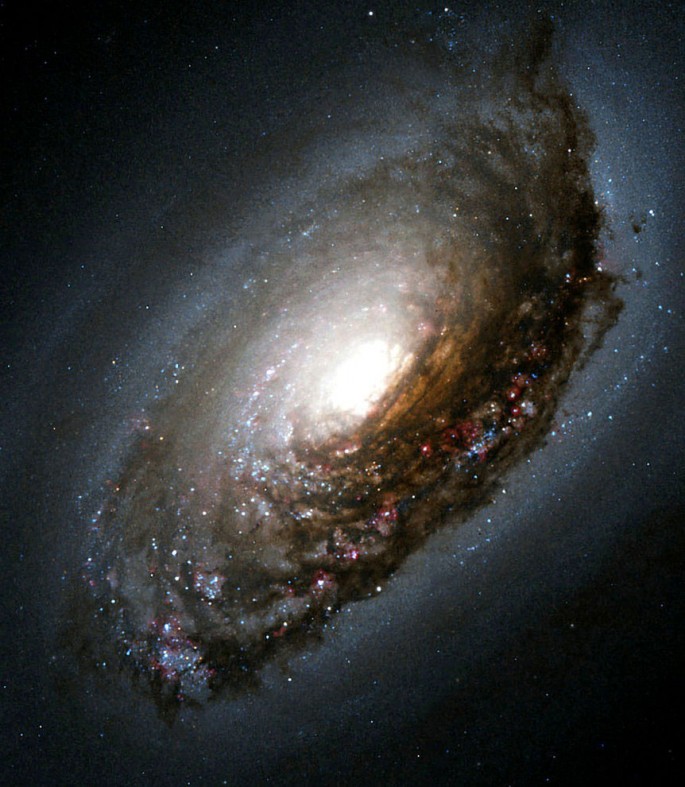A team of astronomers led by Yale University and the University of California-Santa Cruz have recently released their paper about the farthest galaxy ever discovered to date, more than 13 billion light-years away, the EGS-zs8-1.
Scientists remind the public that looking far away into space is an act of looking into the past. The light from the sun, for instance, travels for eight minutes before it meets the naked eye. This noted, the astronomers found something remarkable in the manner by which EGS-zs8-1 was developing.
"It has already built more than 15% of the mass of our own Milky Way today," Pascal Oesch, an astronomer from Yale, was quoted as saying in Yale News. Oesch is described as the lead author of an article published in the Astrophysical Journal Letters.
What Milky Way accomplished in billions of years, EGS-zs8-1 did, too - but in only 670 million years. Some 13 billion years ago, EGS-zs8-1 was forming stars at a rate that is 80 times faster than Milky Way.
EGS-zs8-1 drew the astronomers' attention by showing certain colors in images from NASA's Hubble and Spitzer space telescopes, Yale News reported. When the universe was still "very young," this galaxy was already the biggest and brightest among the cosmic bodies.
The distance between Earth and EGS-zs8-1 is one of the few accurate numbers to ever be measured using modern technology. Extremely powerful telescopes are bringing more information to astronomers today.
"Every confirmation adds another piece to the puzzle of how the first generations of galaxies formed in the early universe," said Pieter van Dokkum, the second author of the EGS-zs8-1 study. Van Dokkum is the Sol Goldman Family Professor of Astronomy and chair of Yale's Department of Astronomy.
In principle, astronomers can look back to as far away as when the universe was only 350 million years old, Richard Ellis was quoted in this National Geographic feature. Ellis is an astronomer at the California Institute of Technology in Pasadena.



























